Meet Christopher A. Brown from the Free Library of Philadelphia [The Insider]
last updated 29 November 2017
 Illustrated by Leire Martin
—
At the Free Library of Philadelphia, Special Collections Curator for the Children’s Literature Research Collection Christopher A. Brown has proven an indispensable resource to picture book makers and enthusiasts alike. We chatted with Christopher about his role at the Free Library, his unparalleled passion for all things kid lit, and the direction of the children’s book industry as a whole…
Illustrated by Leire Martin
—
At the Free Library of Philadelphia, Special Collections Curator for the Children’s Literature Research Collection Christopher A. Brown has proven an indispensable resource to picture book makers and enthusiasts alike. We chatted with Christopher about his role at the Free Library, his unparalleled passion for all things kid lit, and the direction of the children’s book industry as a whole…

Your title is the Special Collections Curator for the Children’s Literature Research Collection at the Free Library of Philadelphia — what exactly does that mean?
Great question! The Children’s Literature Research Collection is one of the largest repositories for children’s materials in the country. We house over 85,000 volumes of books of or about children’s literature. We also have the original artwork, dummies, manuscripts, ephemera, realia, etc. of leading authors and illustrators from the last two centuries. The collection is freely available for use by the public, so my day is spent doing one of many things: helping a researcher with a question, working to better house or display a piece of art from our archives, or working in tandem with our Central Children’s Department to find authors and illustrators for programming opportunities at the library.
One of the big tasks that’s always on my radar is making the collection more accessible. Currently, only 50% of the collection is available in the electronic catalog, and a smaller percentage of the artwork is available in our Digital Collections. We’re working to get as much of it available online as we can, but that goal is more of a marathon than a sprint.
 The facade of the Free Library of Philadelphia
The facade of the Free Library of Philadelphia
Tell us a bit about how and why you landed in this role — in other words, why children’s literature?
How much time do you have? That’s one long story. The ultra-condensed version is that I love it. Children’s literature is one of the most powerful tools we have in society.
Think about it – children’s literature dictates the moral compass of the next generation of leaders. We learn our values from the books we read and the characters we encounter. Look at the titles we share with our children from their infancy onwards: Hands are not for Hitting, The Peace Book, Is There Really a Human Race?, etc. We’re teaching vital life and social skills through literacy. For example, I still base my cocktail party etiquette on Muppet Manners: Or, the Night Gonzo Gave a Party, and I’m INCREDIBLY messed up from the Chronicles of Narnia. Thanks to poor Susan, I was terrified of trains, lipstick, and boys for YEARS after reading it. (Thankfully, I’ve overcome my fear of two out of those three.)

There’s so much focus on positive self-worth now, so I’m less worried for this new generation. I’m excited to see what value system evolves from the readers of books like Happy to be Nappy by Bell Hooks, Morris Micklewhite and the Tangerine Dress by Christine Baldacchino, or Yo Soy Muslim by Mark Gonzales. Yes, we still have leaps and bounds to go in the creation of more diverse titles, there’s no argument there. But I’m glad that the conversation is continuing and we’re becoming more savvy about the materials that we present to young readers.
How can you and the library be a resource to children’s book illustrators?
I love this question because I’m a helper, and that’s what CLRC is all about. Our collections – the 85,000 books and all the art and manuscripts are open to the public. You don’t even need a library card! Come in and research time periods based on the books of a specific era or century. Take a look at the a specific illustrator’s style over the course of his or her or their career, or their art from publisher to publisher. I’m thinking of someone like Allena Champlin Best, who published under the penname Erick Berry. Her style varied from artistic to caricature depending on the book.
 Original cover art of The Winged Girl of Knossos by Allena Champlin Best, otherwise known as Erick Berry
Original cover art of The Winged Girl of Knossos by Allena Champlin Best, otherwise known as Erick Berry
You can go even further into it all – study the fonts and typefaces of specific time periods or see how specific groups were treated in literature of a specific time period. If that’s not enough, we also have a lot of fantastic databases that can aid in research, and I can help connect researchers to other departments/collections when possible.
And speaking of our other departments, illustrators who have a dummy and want to give it a “test run” can come in and we’ll try to find a school group or two to listen and see the art. We’ve had a few people from SCBWI try that, and I like to think it’s been helpful. A few critique groups of the local SCBWI chapter also meet at the library. We’re here to help – and we’re open to new ideas. If someone wants to try something, we’ll do our best to give it a shot (provided it’s reasonable).
What’s your favorite piece in your collection?
Now that’s really an unfair question. We have a lot of cool stuff. There are a lot of pieces of art that inspire me – We recently pulled out an Ed Emberley woodblock print of Paul Bunyan that’s a little over 8 feet tall for a show in our Rare Book Department entitled Big & Small, Books for All. That was exciting because that piece hasn’t been on display for over a decade.
Where do you see the future of children’s libraries headed?
I think we’re going to see a lot of nontraditional programming coming from Children’s Librarians. The days of the “I read three books and do two fingerplay” storytimes is coming to an end. Librarians are introducing new components to help guide education – they’re using apps and electronics in their storytimes, and the best ones know how to keep the app the tool and not the instructor. I think the charge for more diverse picture books will influence what librarians are reading and what they’re promoting. Stories need to be authentic and not condescending.
Bright agent James Burns heard your talk on Children’s Book resources at the SCBWI conference in Philadelphia. If there was just one thing you’d like for your audience to take from that speech, what would it be?
Truthfully, it’s not from my talk, but from something James said: “save and show off your sketches.” That one really knocked my socks off. It’s fantastic advice. Show off the process and show what you can do. If you show a publisher or an agent or a critique group your final illustration – let’s call it “Z,” that’s all they’re getting. But if you show them A to Z, they can understand your process and that might help them direct you. In the case of a publisher, it might get you hired.
Seriously, that was brilliant advice, and I told James I was going to steal it (and I just did). But beyond that, I would also say to show off your work. At the last SCBWI conference I attended, not everyone had out their portfolios for people to see. Show off your work, even when it isn’t ready. If you’re not showing your work, you’re missing out on advice, support, and possible unforeseen job offers. I know it can be scary, but to succeed in children’s illustration, you need to be willing to put yourself and your work out there.
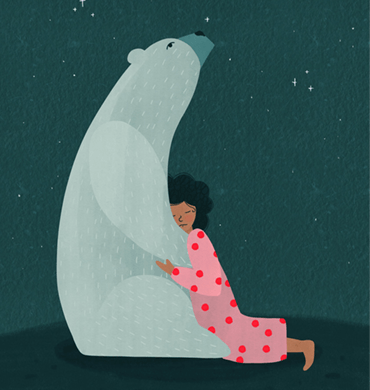 How we work
How we work
 What we do
What we do
 Meet the team
Meet the team
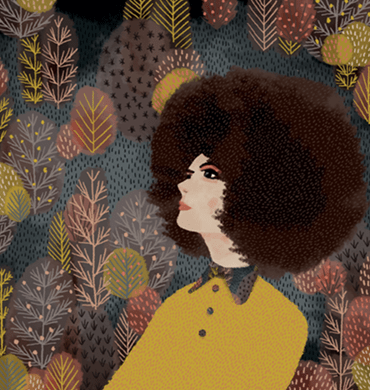 Artists
Artists
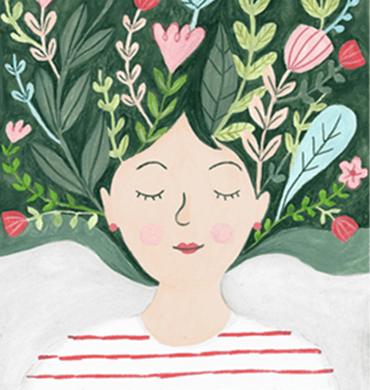 Agents
Agents
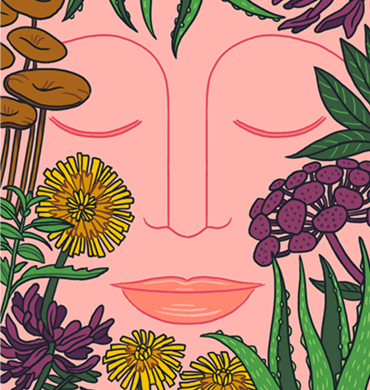 Collections
Collections
 Submissions
Submissions
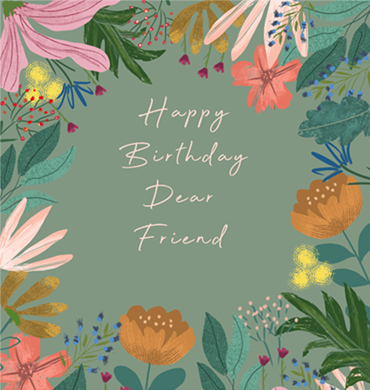 Artists
Artists
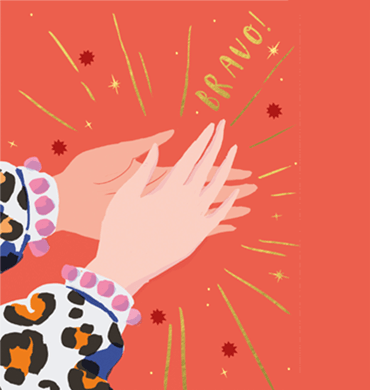 Agents
Agents
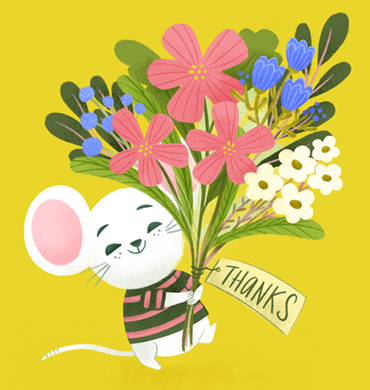 Collections
Collections
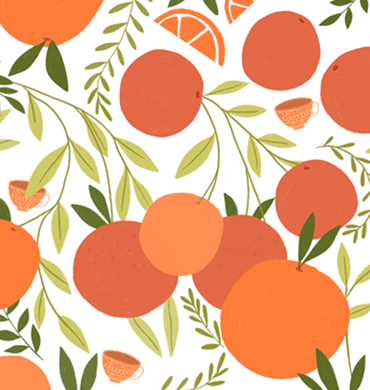 Submissions
Submissions
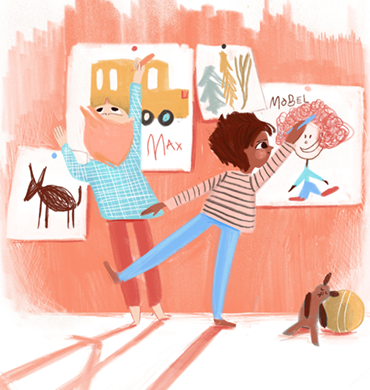 Authors
Authors
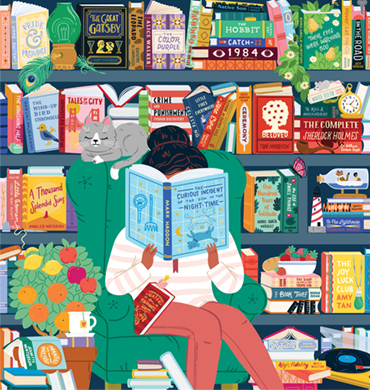 Artists
Artists
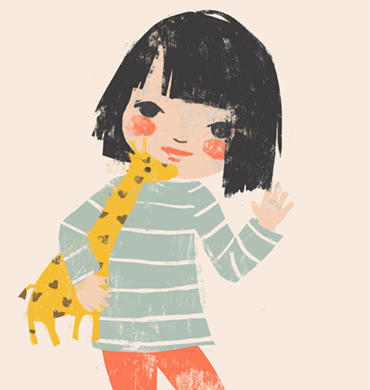 Agents
Agents
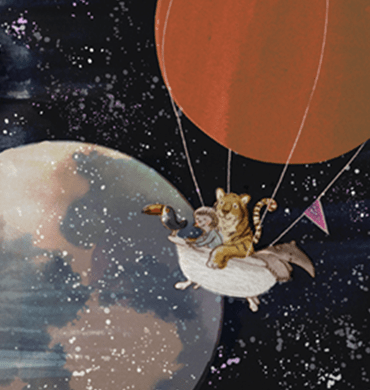 Collections
Collections
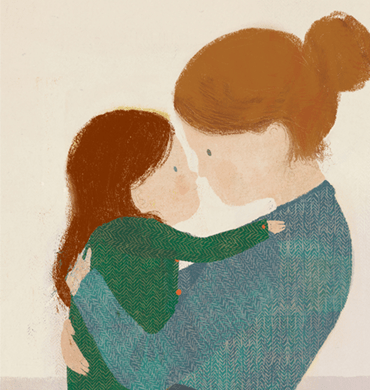 Submissions
Submissions
 Animators
Animators
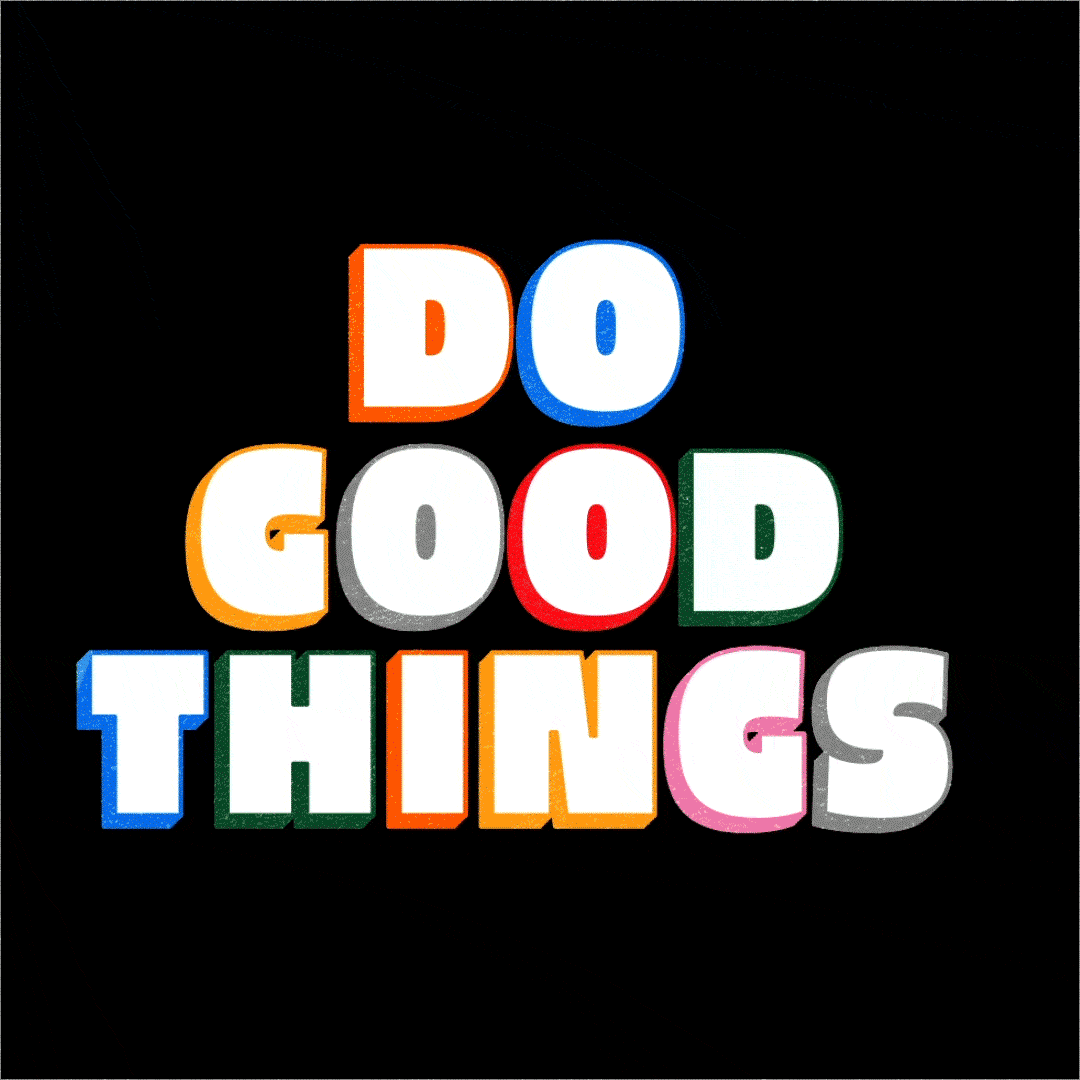 Agents
Agents
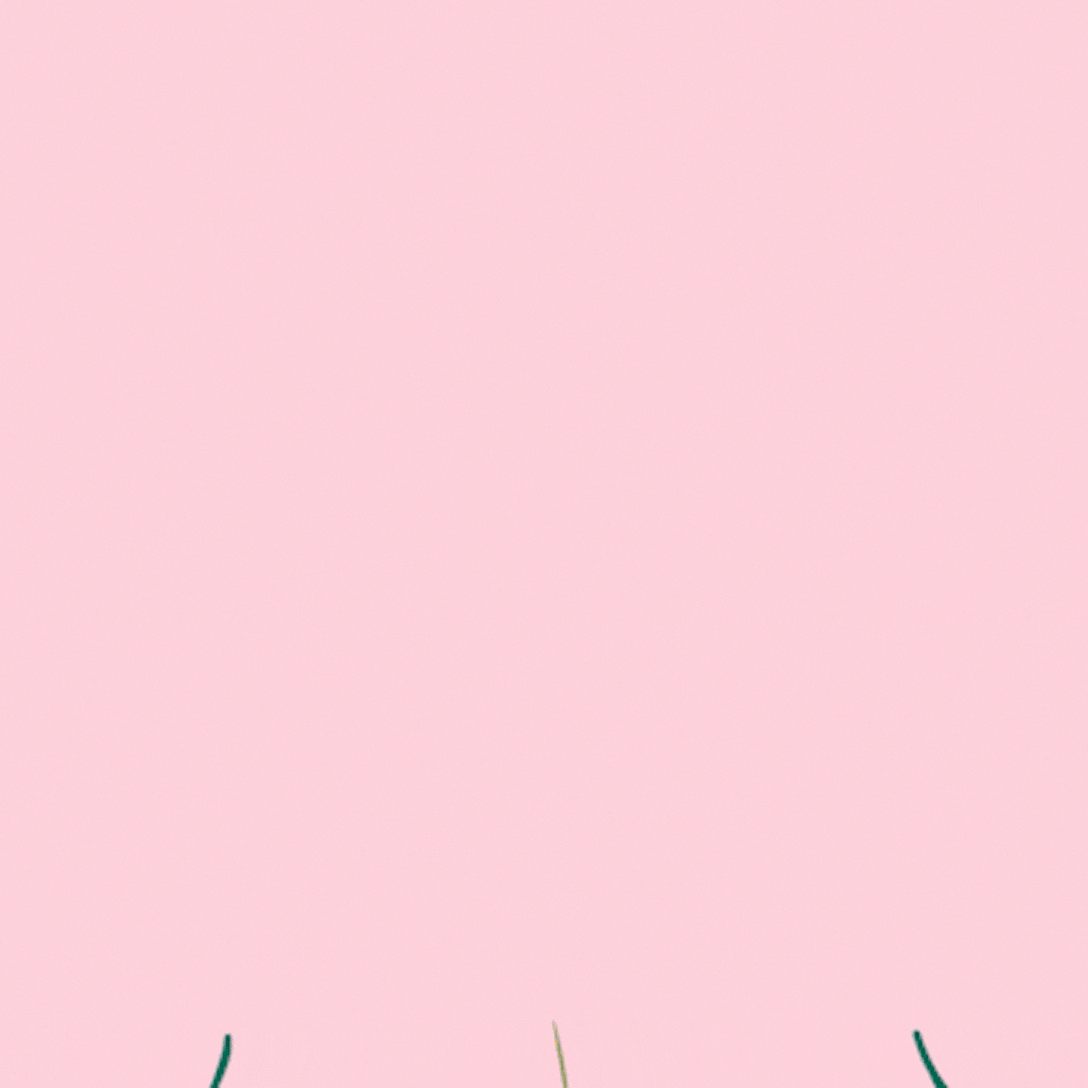 Collections
Collections
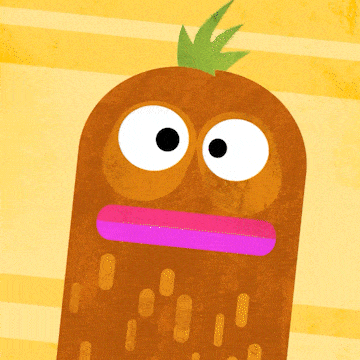 Submissions
Submissions
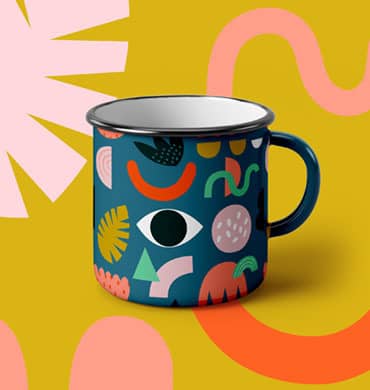 About
About
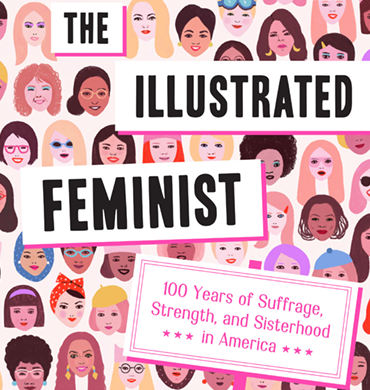 Authors
Authors
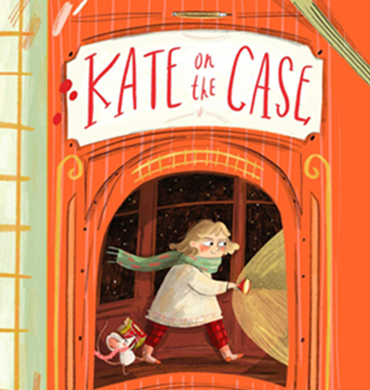 About
About
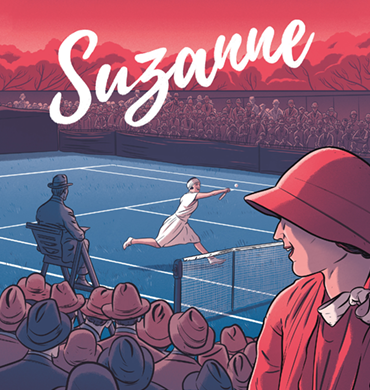 Submissions
Submissions
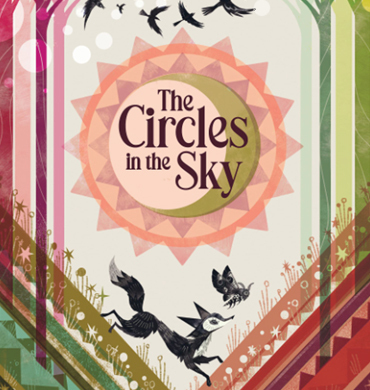 Blog
Blog